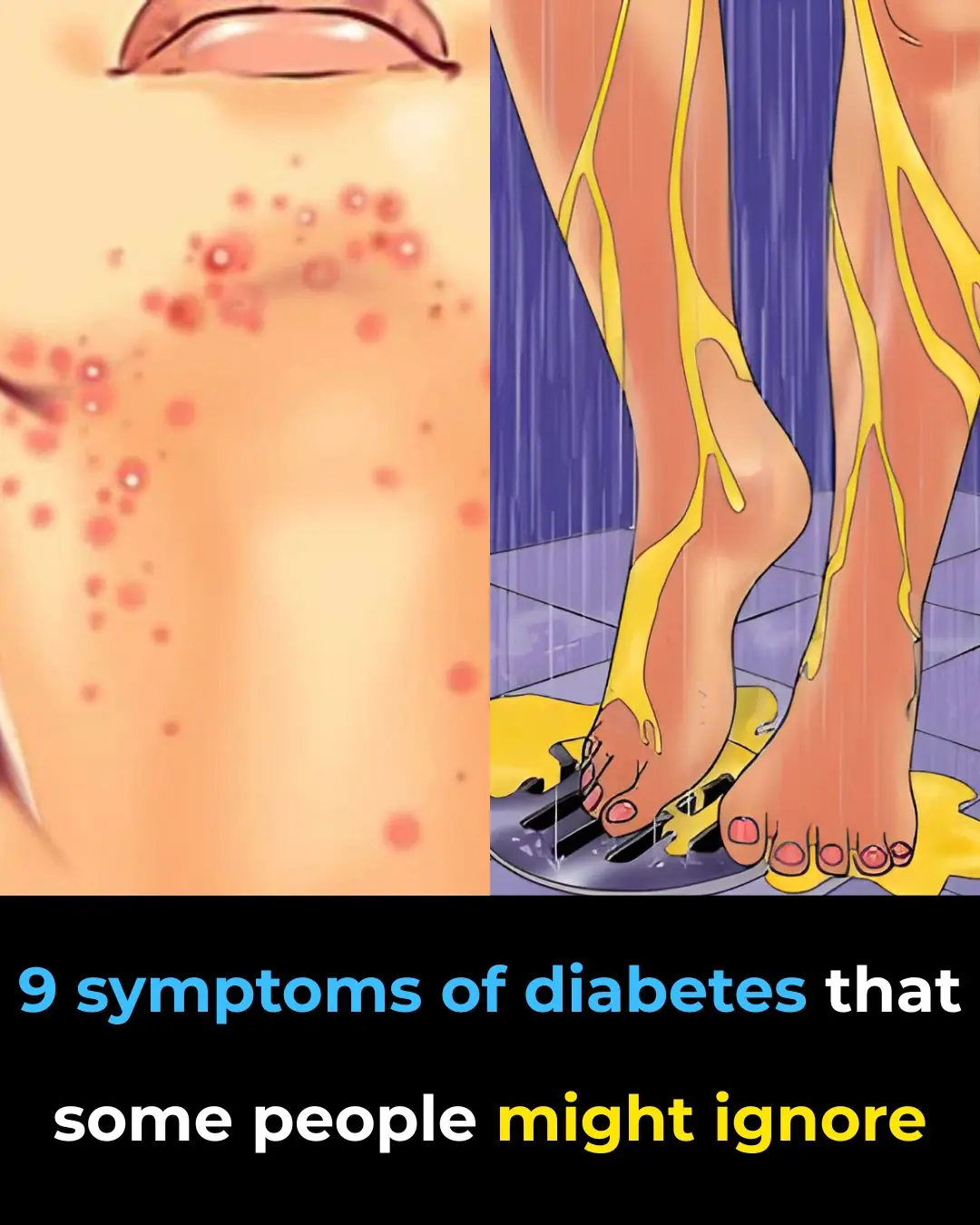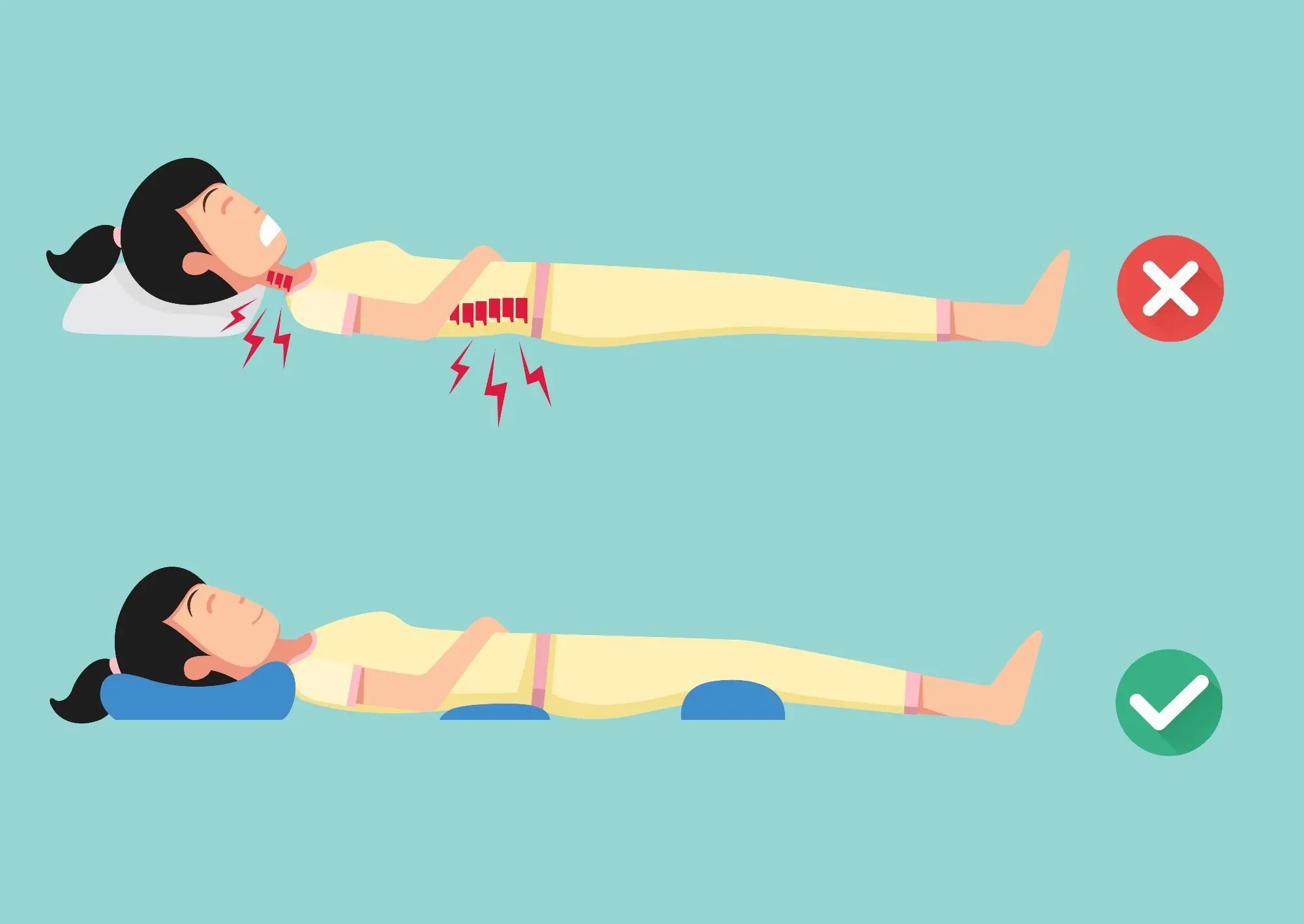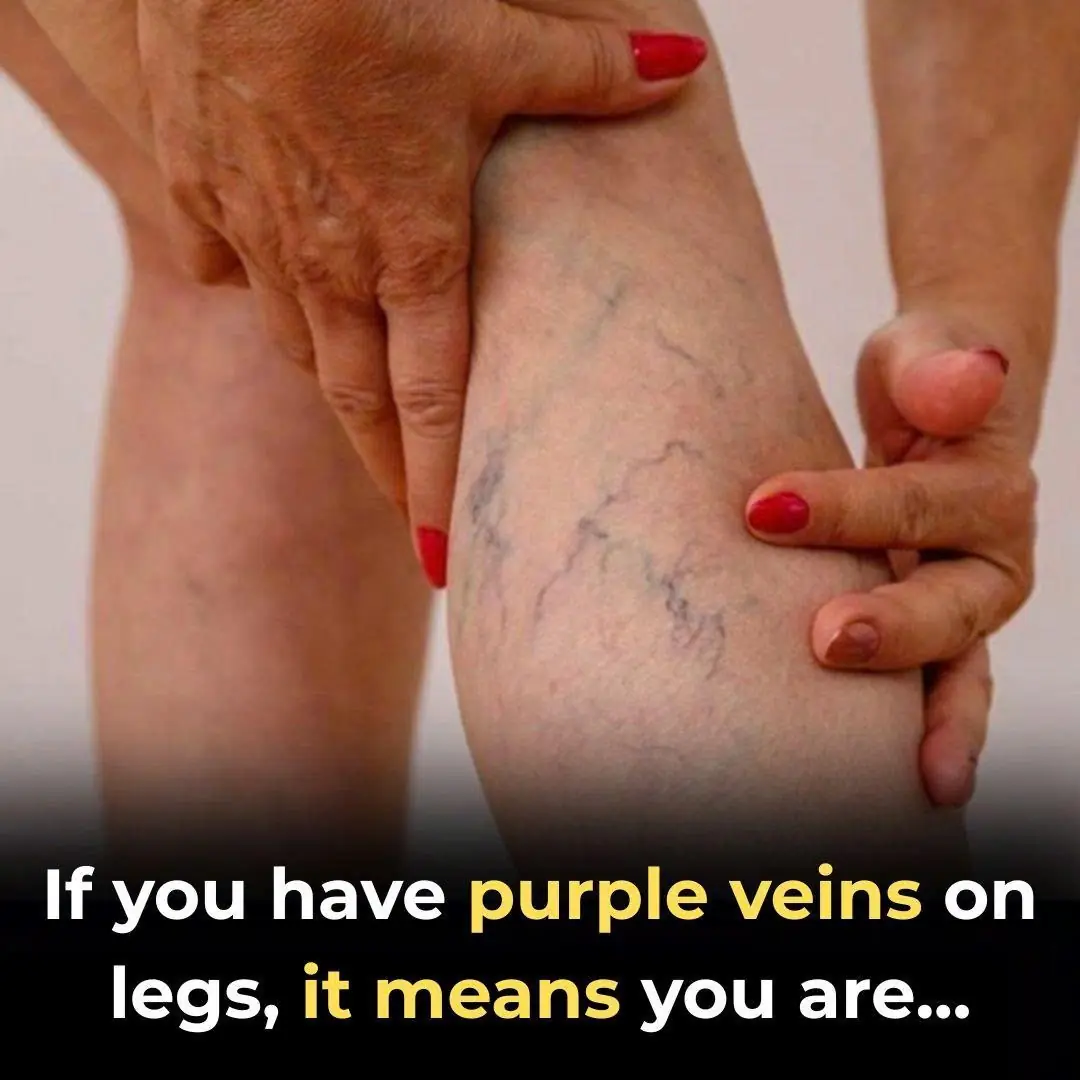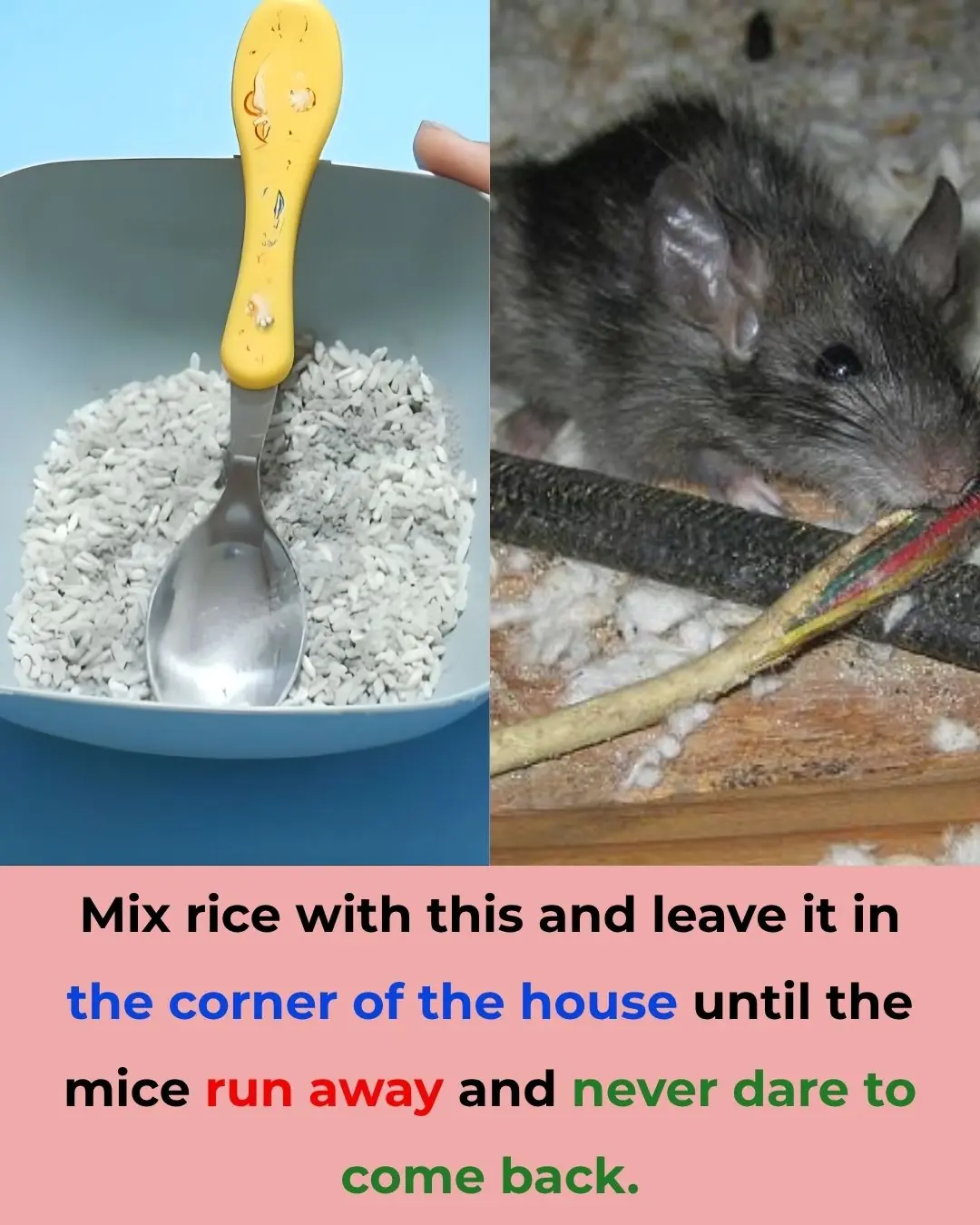
How To Spot Eyelash Mites
You’ve probably never stopped to wonder what might be living on your eyelashes—but brace yourself, because the answer is a little creepy and surprisingly common. Meet eyelash mites. As unsettling as they sound, these microscopic creatures—scientifically known as Demodex mites—are quietly living on the skin of almost every human being.

Before you start itching, take a deep breath. For the vast majority of people, these mites are completely harmless roommates. They’ve evolved to coexist with us, feeding on dead skin cells and natural oils. But when their numbers multiply too much, they can start causing discomfort—think redness, irritation, and inflammation around the eyes. Let’s take a closer look at what these mites are, how to recognize when they’ve become a problem, and what you can do to keep them in check.
What Exactly Are Eyelash Mites?
Demodex mites are microscopic parasites that live deep within the hair follicles and sebaceous (oil) glands of humans. According to medical experts at WebMD and other dermatology sources, there are two main species that inhabit our faces:
-
Demodex folliculorum – lives in the hair follicles, particularly around eyelashes and eyebrows
-
Demodex brevis – prefers the oil glands of the skin
These mites are incredibly small—typically less than 0.4 millimeters long—and can’t be seen with the naked eye. Under a microscope, they look like tiny, worm-like creatures with eight stubby legs.
Normally, they’re harmless and even play a small role in maintaining skin health by cleaning up excess oil and dead cells. However, when conditions change—such as with aging, weakened immune systems, oily skin, or inconsistent hygiene—their population can explode. This overgrowth can trigger blepharitis, a condition marked by swollen, itchy eyelids and crusty debris near the lashes.
Signs You Might Have an Eyelash Mite Overgrowth
Not everyone with eyelash mites experiences symptoms. In fact, most people will never even know they have them. But when these mites start multiplying excessively, you might notice:
-
Red, swollen, or itchy eyelids
-
A gritty, burning, or “sand-in-the-eye” sensation
-
Crusty or waxy buildup at the base of your eyelashes
-
Thinning or shedding eyelashes
-
Watery eyes or light sensitivity
These symptoms often worsen in the morning because mites are more active at night—they crawl out of the follicles to mate and then burrow back in before dawn (yes, really). If any of this sounds familiar, it’s worth mentioning to your optometrist or dermatologist, who can examine your lashes under magnification.
How to Get Rid of Eyelash Mites—and Keep Them Away
Here’s the good news: controlling eyelash mites doesn’t usually require anything extreme. In most cases, it simply comes down to consistent eyelid hygiene. Health experts at sources like Healthline and Cleveland Clinic recommend these steps:
-
Clean Your Face Every Day
Wash your face thoroughly, especially around your eyes, before bed. Use a gentle, fragrance-free cleanser to remove oil, dirt, and bacteria without irritating your skin. -
Use Eyelid Scrubs or Wipes
Special wipes containing tea tree oil or hypochlorous acid can help remove debris and reduce mite populations. These ingredients are naturally antibacterial and anti-inflammatory. -
Change and Wash Bedding Regularly
Pillowcases, towels, and sheets can collect skin oils and shed cells—prime food for mites. Wash your bedding in hot water at least once a week and dry it on high heat to kill any lingering critters. -
Avoid Sharing Makeup or Eye Products
Never share mascara, eyeliner, towels, or anything that touches your face. Mites (and bacteria) can easily transfer between people. -
Remove Makeup Before Bed
Sleeping in makeup traps oil and debris, creating an ideal environment for mites to thrive. Always cleanse your lashes before you sleep. -
See a Specialist for Persistent Symptoms
If irritation continues despite good hygiene, your doctor may prescribe medicated creams, topical antibiotics, or tea tree–based treatments to reduce inflammation and control mite populations.
Prevention Tips—Especially for Adults Over 50
As we age, our sebaceous glands often produce more oil, and our immune systems may respond less efficiently. That combination can make older adults more susceptible to mite overgrowth. To minimize your risk:
-
Maintain a consistent skincare routine
-
Schedule regular eye exams to catch early signs of irritation
-
Keep your eyelash extensions and eye makeup clean and replaced regularly
Lifestyle factors like a balanced diet, adequate hydration, and managing stress can also help maintain healthy skin and prevent issues.
The Bottom Line
Eyelash mites might sound like a horror story under the microscope, but they’re a normal part of human biology—and most of the time, they do no harm at all. With proper hygiene, regular face washing, and mindful skincare habits, you can easily keep their numbers under control.
So don’t lose sleep over these microscopic squatters. Instead, stay informed, take care of your skin and eyes, and keep your beauty routine clean. After all, a little awareness goes a long way toward keeping your lashes—and your peace of mind—healthy.
News in the same category


Garlic Peels Are Not Trash – Don’t Throw Them Away!

1 Cup to Cleanse Your Lungs of Phlegm and Toxins

The Healing Power of Onions: Red, Yellow, and White — Three Natural Medicines in One Vegetable

The 7-Day Organ Flush That Doctors Hate: Cleanse Kidneys, Liver & Lungs With Kitchen Staples

How to Naturally Eliminate Intestinal Parasites with Clove and Flax Seeds

Long-term melatonin use linked to increased heart failure risk, new study suggests

The #1 Food to Unclog Your Arteries Naturally

6 Everyday Foods That Can Help Relieve Common Health Symptoms — According to Science

Nerve damage? 6 best oils to help repair your nerves

1 cup to protect the pancreas (and reduce blood sugar)

10 Warning Signs of Bowel (Colorectal) Cancer You Shouldn’t Ignore

Coconut Water Found To Lower Blood Pressure By As Much As 71% In Study Participants

Best Sleeping Positions to Prevent Neck Pain Reflux and Keep Your Heart Healthy

The deadly sleeping mistake that can trigger heart attack and stroke overnight!

Baking Soda and Castor Oil Can Treat More than 20 Health Problems

Purple Veins on Your Legs

Why Keeping A Lemon In Your Bedroom Is A Great Idea

Nighttime Habits That Increase Your Risk of Stroke
News Post

9 Warning Signs of Diabetes You Shouldn’t Ignore

It Turns Out Rice Weevils Fear “This Thing” the Most – Put a Little in Your Rice Bag and You Won’t Worry About Pests All Year

6 Household Appliances That Consume More Electricity Than Air Conditioners and Refrigerators: Unplug Them to Avoid Skyrocketing Bills

5 Natural Ways to Keep Mice Away from Your Home Without Using Poison

Mix Leftover Rice with Laundry Detergent – A Surprising Household Hack That Solves Common Problems Without Costing a Dime

6 Healthy Drinks That Help Prevent Stroke — Simple, Effective, and Worth Adding to Your Routine

Air Conditioner Leaking Water Indoors?

Garlic Peels Are Not Trash – Don’t Throw Them Away!

Why Your Acne Is Returning as an Adult

1 Cup to Cleanse Your Lungs of Phlegm and Toxins

Angela Witherspoon Is Downsizing. See What She’s Asking for John Witherspoon’s L.A. Estate

Kevin Hart Calls His Friend Investments ‘An Endless Pit of Bankruptcy.’ And He’s Not Joking

Meet The First Black Woman To Earn a Ph.D. in Neuroscience from the University of Rochester

Strictly Come Dancing fans desperate to know if Vito Coppola is married as he and Ellie Goldstein leave show

Meet 102-Year-Old Eloise Brown, the Philadelphia Eagles Biggest and Longtime Fan

Meet The Couple Behind The First Black-Owned Virtual Bridal Company

Strictly stars Balvinder Sopal and Julian Caillon given much-needed boost following third dance-off

Rev. Al Sharpton Leads ‘Buy-In’ at Harlem Costco to Support Companies Prioritizing DEI
